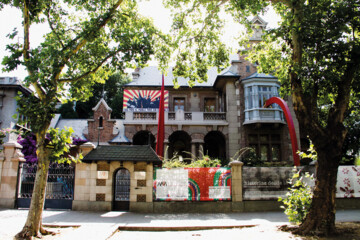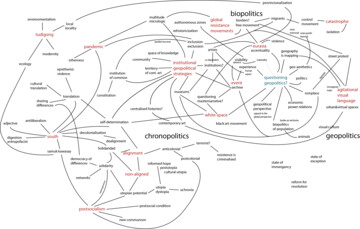The Non_Aligned Movement (NAM) was a coalition of small and middle-sized states, mostly former colonies and developing countries, from the so called global south or the Third World. It was formed in 1961 at the Belgrade summit with 25 participating countries and had grown to almost 100 members in 1979 at the organization's peak. The Non-Aligned Movement functioned as a social movement in the international system, a third way between the two blocs, aiming to change the existing global structures and to create a more just, equal and peaceful world order. The member states subscribed to the following principles: mutual respect for each other’s territorial integrity and sovereignty, mutual non-aggression and non-interference in domestic affairs, equality and peaceful co-existence that would promote global disarmament. NAM therefore represented the first major disruption in the Cold World map. If Belgrade summit was mostly Afro-Asian-and Yugoslavian project, it soon after assumed the worldwide dimensions with the inclusion of Latin America in the movement.
Since the 1980s and especially after the fall of the Iron curtain the topic of the non-alignment became obsolete and almost forgotten. In recent years, however, there has been renewed interest in it looking for the positive aspects of the impact the movement had on the global level in times of anti-colonial revolutions, struggles for independence, as well as search for a different path outside the interests of capital and ideology. These topics are especially important to re-consider today, with the enormous migration waves from war-torn Syria and other places in Middle East, Africa and elsewhere.
What can we extract and learn from the NAM in such situation? What kind of elements, traditions, and references from those past experiences can be recuperated? What are the possibilities for debating the space of NAM in our current situation against the rampant dehumanization of societies by the economic and political forces of capitalism? How to recover the lost and forgotten humanistic ideals of the non-aligned movement and how to translate them into praxis? And also - how applicable these ideas are for the development of international solidarity, in the midst of the refugees’ exodus?






